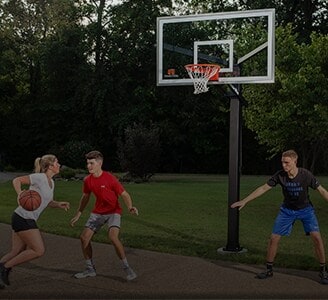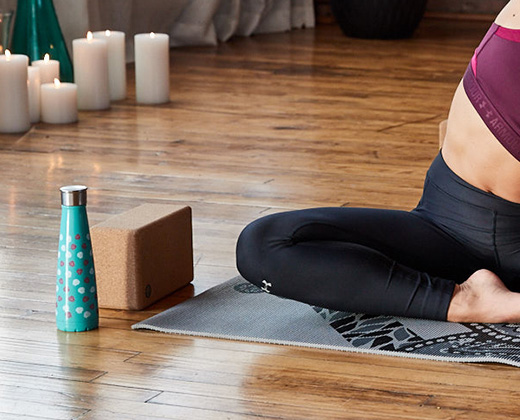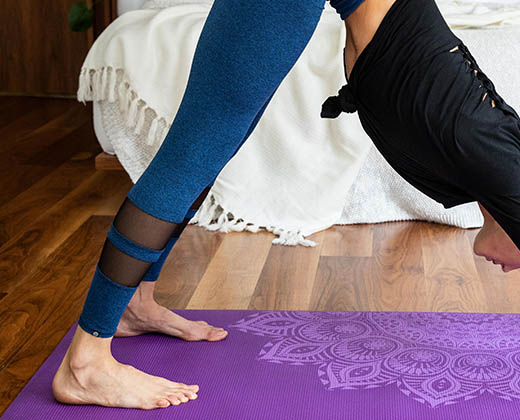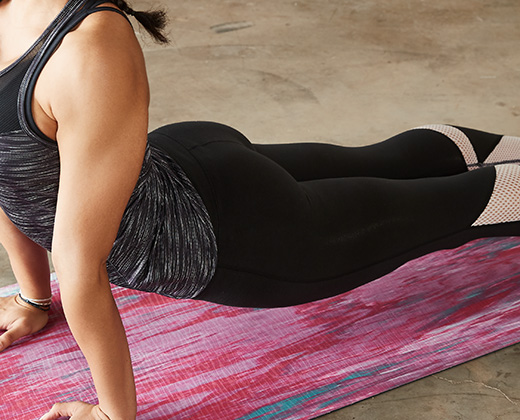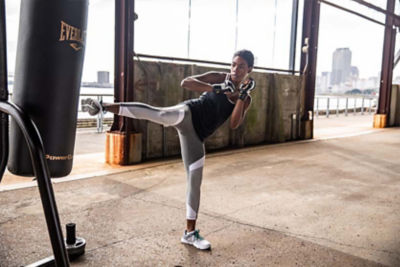How to Choose a Yoga Block and When to Use It
Learn how to enhance your practice with this essential yoga prop.

Have you ever taken a yoga class and wondered, “Do I really need a yoga block?” In a word, yes! To make the most of your practice, you can lean on this classic prop.
Whether it’s your first class or you’ve been a yogi for years, a yoga block can enhance your practice in many ways. You can reach for a block for a variety of reasons:
- For support when holding a pose
- To help bring steadiness when balancing
- To bring the floor closer to your hand
- To modify a pose
- To intensify a pose
CORK VS. FOAM YOGA BLOCKS
When you’re choosing a yoga block, you will have two material options:
- Cork, which is heavier and sturdier
- Foam, which has a little more give
Test both types of blocks in a variety of poses to determine your personal preference. You may find that the sturdier cork block is better to support balancing poses, while a softer foam block may be more appropriate for restorative or yin yoga poses, for example under your forehead in half pigeon.
While most yoga studios have a selection of blocks readily available, owning a yoga block can be handy for your home practice or to bring to class, if you prefer one type of block to another.
YOGA BLOCK HEIGHTS
Your block can be used on each of its sides to assist different poses:
- Vertically or at its tallest point
- On its side
- Horizontally or flat
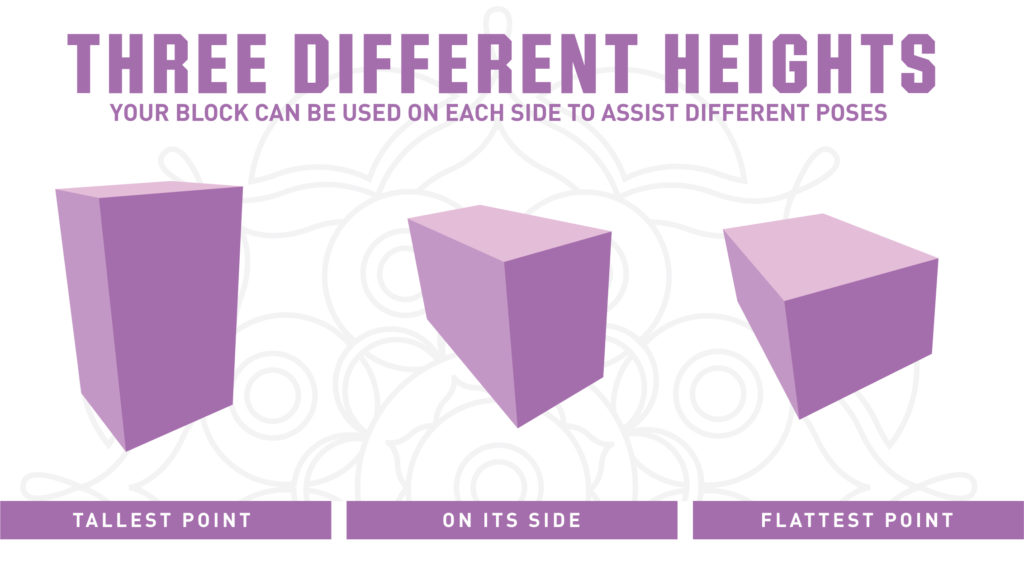
Familiarize yourself with the lingo you’ll hear in class when the instructor calls for you to grab a block.
Now, you’re ready to put your new yoga block to use. Here are a few ways to begin incorporating it into your practice.
YOGA BLOCK POSES
BALANCING HALF MOON
Recommended Height: Tallest point
When balancing in half moon pose, try sliding a block under your bottom hand for more stability.
TRIANGLE
Recommended Height: Tallest point
Instead of resting your hand on your shin in triangle pose, place a block to the outside of your front foot and lightly rest your hand on the top.
EXTENDED SIDE ANGLE
Recommended Height: Tallest point or on its side
To intensify extended side angle pose, place the block to the inside of your front foot. Lightly rest your hand as you hold the stretch.
SUPPORTED BRIDGE
Recommended Height: Tallest point or horizontally
For a restorative backbend, place your hips on a block. You should feel steady and supported with less effort than bridge without a block.
HALF PIGEON
Recommended Height: Flat
- You can use the block one of two ways to modify half pigeon pose:
- Slide the block under your lifted hip to find a comfortable resting position
- Place the block under your forehead. This can be a great option to help gently increase flexibility
There are a lot of other yoga poses that can benefit from adding a yoga block, from modifications to intensifications. Keep a block nearby during your next practice — and don’t be afraid to reach for it often!

